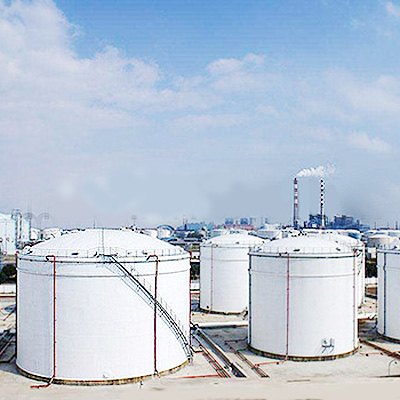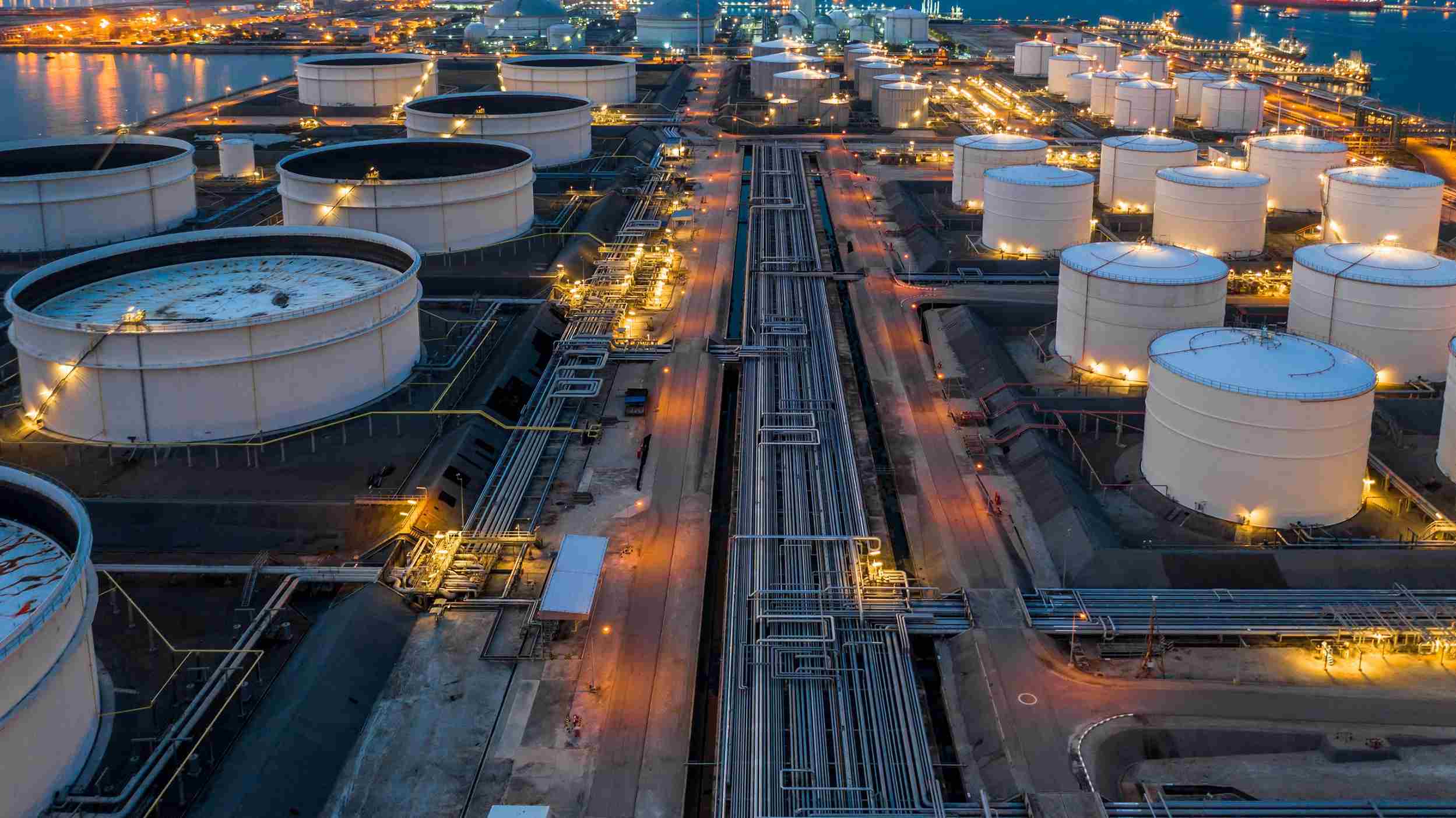A Detailed Appearance at the Setup Refine of Welding Assessment Techniques
Welding evaluation is a crucial process that guarantees architectural honesty and security. The installment of assessment strategies involves a number of methodical actions, each important to attaining dependable results. From preparation and device selection to carrying out non-destructive and aesthetic examinations, each phase demands mindful focus. Understanding these procedures can considerably enhance quality control in welding tasks. What difficulties occur in applying these techniques, and exactly how can they be effectively dealt with?
Recognizing the Significance of Welding Evaluation
Welding evaluation is a crucial component of making certain structural stability and safety and security in building and construction and manufacturing processes. This method includes assessing welded joints for defects, guaranteeing that they satisfy specific criteria and guidelines. By methodically gauging weld top quality, inspectors can determine problems such as fractures, spaces, and insufficient fusion, which can jeopardize the stamina and durability of structures.
The relevance of welding examination expands beyond instant safety worries; it helps avoid expensive failures and potential hazards in the long-term. Reliable examination techniques foster compliance with sector standards, thus boosting the total reliability of welded components. On top of that, a robust inspection procedure contributes to preserving the credibility of suppliers and building contractors, as it assures customers of the quality of their tasks. Ultimately, comprehending the value of welding evaluation is crucial for promoting secure building and construction methods and making certain the durability of vital facilities and products.
Picking the Right Equipment for Examination
When picking the proper devices for examination, it is necessary to consider the specific demands of the welding process and the materials included. Numerous inspection approaches, such as aesthetic, ultrasonic, and radiographic screening, require unique devices customized to their distinct needs. For aesthetic evaluations, devices like multiplying calipers and glasses are crucial for reviewing weld quality. Ultrasonic screening requires customized tools with the ability of transmitting and obtaining sound waves to detect interior flaws. Radiographic testing, on the various other hand, makes use of X-ray or gamma-ray resources alongside delicate film or digital detectors to disclose incongruities.
Additionally, individual safety equipment (PPE) is vital to ensure the security of assessors throughout evaluations. Choosing the right tools not just boosts the precision of examinations but also contributes to the total stability and safety and security of the welding task. As a result, a thorough understanding of offered tools and their applications is crucial for efficient welding examination.
Preparing for the Examination Process
Before initiating the inspection process, it is important to develop a complete plan that details the extent and goals of the analysis. This strategy needs to include details criteria that specify what constitutes appropriate high quality in the welding work being checked. Identifying the appropriate codes and requirements is essential, as they will certainly guide the inspection criteria and methods.
Additionally, personnel included in the examination has to be effectively trained and licensed in welding assessment methods to ensure integrity and accuracy. A list can be advantageous in organizing the various facets of the examination, varying from equipment readiness to environmental conditions that could affect the evaluation.

Ultimately, logistical factors to consider such as organizing, offered resources, and communication between staff member need to be addressed. By preparing systematically, inspectors can enhance the performance of the analysis and guarantee that all vital aspects are appropriately taken into consideration prior to continuing with the inspection itself.
Carrying Out Visual Inspections

Performing aesthetic inspections is a necessary action in the welding inspection procedure, requiring careful preparation to guarantee efficient analysis. Assessors should recognize with essential issue signs that can signify prospective problems in weld quality. By concentrating on these facets, one can boost the general reliability of the evaluation outcomes.
Getting Ready For Visual Examination
Aesthetic assessment functions as a critical initial step in the welding evaluation procedure, assuring that any potential problems are identified early (API 650 Welding Inspection). Correct prep work is essential for reliable aesthetic assessment. Examiners must begin by reviewing appropriate paperwork, including welding treatments and specs, to understand the task demands. They need to gather necessary devices, such as multiplying glasses, flashlights, and appropriate individual safety equipment (PPE) A comprehensive exam of the examination location is crucial; inspectors need to confirm it is cost-free and clean of blockages. In addition, it is necessary to establish excellent lighting problems to boost use this link presence of welds. By taking these preparatory steps, assessors can develop an environment conducive to determining inconsistencies and assuring the integrity of the bonded structures
Trick Issue Indicators
An extensive understanding of vital defect signs is vital during aesthetic inspections to guarantee the high quality and safety of bonded joints. Examiners must focus on certain signs such as fractures, porosity, undercuts, and insufficient fusion. Cracks might look like sharp lines and can compromise structural integrity. Porosity manifests as tiny openings that can deteriorate weld stamina. Undercuts, which are grooves along the weld side, can result in tension concentration. Incomplete blend suggests that the weld metal did not effectively bond with the base material, causing a weak joint. By systematically determining these flaws, examiners can identify compliance with industry requirements and enhance the total dependability of bonded structures, inevitably contributing to safer operational problems.
Implementing Non-Destructive Checking Methods

Numerous non-destructive screening (NDT) techniques are important to ensuring the stability of welded frameworks without compromising their functionality. These techniques permit inspectors to examine weld high quality and find issues without creating damages to the products being tested. Typical NDT strategies consist of ultrasonic testing, radiographic screening, magnetic fragment testing, and dye penetrant testing. Each technique serves a certain objective, resolving various kinds of defects such as splits, porosity, or insufficient blend.
Implementing NDT methods needs a methodical strategy, beginning with picking the appropriate technique based on the products and the nature of the weld. Training workers in these methods is essential for accurate results. Additionally, establishing clear treatments and standards warranties uniformity throughout the inspection process. By incorporating NDT right into the welding examination process, companies can boost the integrity of their items while lessening potential dangers connected with structural failures. This proactive strategy ultimately adds to keeping security and quality requirements in bonded building and constructions.
Analyzing and documenting Examination Results
Effective documents and analysis of inspection outcomes are crucial components of the welding evaluation process. Precise records of assessment findings act as a recommendation for quality control and compliance with market standards. API 650 Welding Inspection. Inspectors need to use electronic platforms or structured forms to log details such as the sort of weld, examination approaches used, and any kind of discrepancies identified throughout the evaluation
As soon as information is gathered, extensive analysis is essential. This includes comparing outcomes against developed requirements to identify patterns or repeating concerns. Analytical tools may be used to evaluate flaws and examine their effect on total click resources weld quality.
Effective communication of findings to pertinent stakeholders is critical. Reports and summaries must be concise and clear, highlighting key understandings and suggestions for corrective actions. By methodically documenting and assessing inspection results, organizations can promote continual renovation in welding methods and boost product integrity.
Regularly Asked Inquiries
What Qualifications Are Needed to Become a Welding Inspector?
To become a welding examiner, one generally needs appropriate qualifications such as AWS CWI, together with experience in welding methods, expertise of welding codes, and effectiveness in inspection strategies to ensure high quality and safety and security criteria.
Just How Often Should Welding Inspections Be Performed?
Welding assessments ought to be carried out consistently, normally after each weld is completed, and periodically throughout jobs. Variables such as project complexity, market standards, and regulatory requirements can affect the regularity of these assessments.
What Is the Cost of Welding Inspection Services?
The cost of welding evaluation solutions differs substantially based on aspects such as job dimension, area, and complexity. Normally, prices vary from $100 to $150 per hour, with extra costs for specialized testing and accreditations.
Are There Certifications for Welding Inspectors?
Yes, there are different qualifications for welding inspectors, consisting of those supplied by the American Welding Society (AWS) and the International Institute of Welding (IIW) These accreditations guarantee inspectors have the necessary skills and expertise for efficient analyses.

Just how Do I Pick an Assessment Solution Company?
To pick an examination provider, one ought to evaluate credentials, experience, industry reputation, and customer evaluations. In addition, contrasting solution offerings and prices can help assure the picked provider meets details task requires effectively.
Furthermore, workers entailed in the inspection needs to be properly educated and accredited in welding inspection methods to ensure reliability and precision. Carrying out visual assessments is an essential action in the welding assessment procedure, calling for mindful prep work to assure reliable evaluation. Visual inspection offers as a critical very first action in the welding examination process, guaranteeing that any type of possible defects are determined early. Efficient paperwork and evaluation of assessment outcomes are important components of the welding evaluation process. Welding evaluations must be performed frequently, commonly over at this website after each weld is finished, and periodically during tasks.